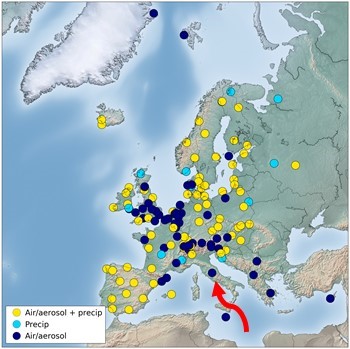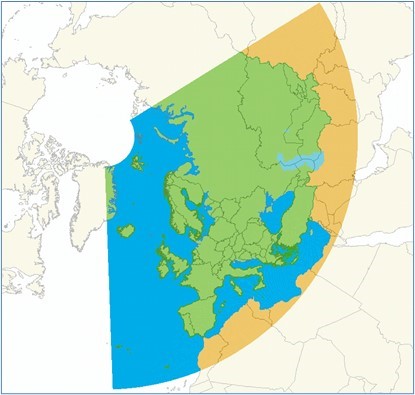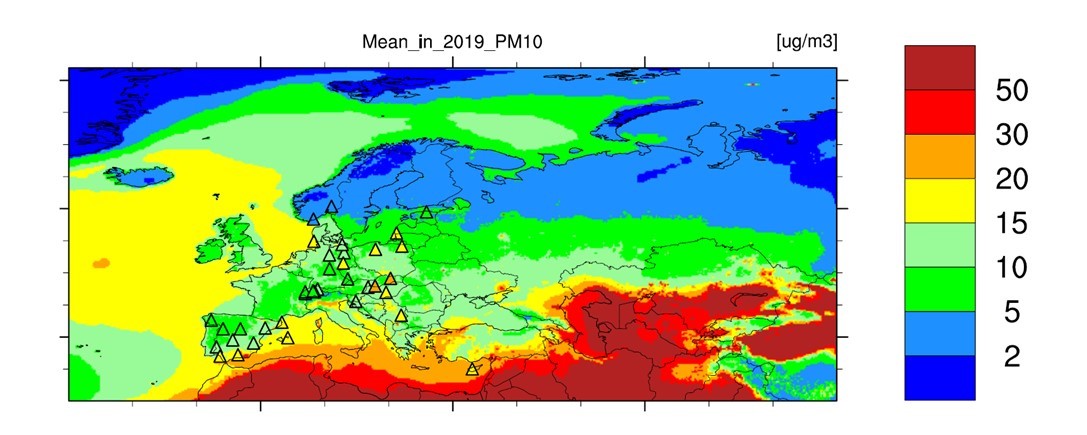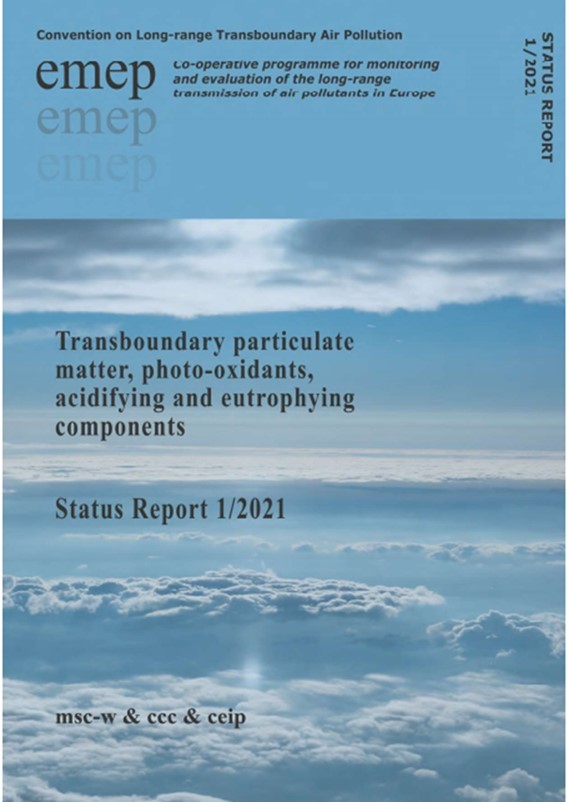




The Ministry of Ecological Transition (MITE) and the Institute on Atmospheric Pollution of the CNR (CNR-IIA) have signed a collaboration agreement for the strengthening of the EMEP (European Monitoring and Evaluation Program) network in Italy.
EMEP is a monitoring network that participates in the International Long-Distance Transport Monitoring Program of Air Pollutants. The Program was launched in the late 80s as part of the Geneva Air Convention and is aimed at assessing the background levels of atmospheric pollution.
The Convention promotes not only the control of the progress of the levels of atmospheric pollutants but also their progressive reduction. Over the years, the commitment undertaken, on a voluntary basis, by the signatory countries has contributed to significantly reducing emissions; in particular, starting from 1990, there has been a really significant decrease (between 40 and 80%) in the emissions of sulfur oxides, nitrogen oxides and some heavy metals. It is therefore important that Italy relaunches its participation in the Program, in a historical period such as the one we are experiencing, in which environmental issues are once again central and the European Union has decided to invest in the sector, launching a "green deal" that provides for the strengthening of pollution assessment and control policies, including that of air.
The Agreement provides for the reactivation of a historical monitoring station, located in the CNR Research Area of Rome1, where the Institute on Atmospheric Pollution is located and the installation of a new station on the island of Lampedusa.
The Montelibretti site, in an area in the past classifiable as rural but now surrounded by urbanized territory, represents a privileged place for the study of the contribution of the regional background on air quality in an urban area such as that of Rome.
The Lampedusa site, strategic as very few stations are currently located in the insular part of the Mediterranean basin, will rely on the structures of the ENEA observatory which already participates in various international programs (GAW, ACTRIS, ICOS and ChArMEx, among those focused on the atmospheric) and provides the EMEP program with ozone data.
The strengthening of the national EMEP network will allow Italy to have a database that is useful both to relaunch scientific studies on the characterization of pollution and to better evaluate the most effective strategies for pursuing a general improvement in air quality throughout the country. National territory.
